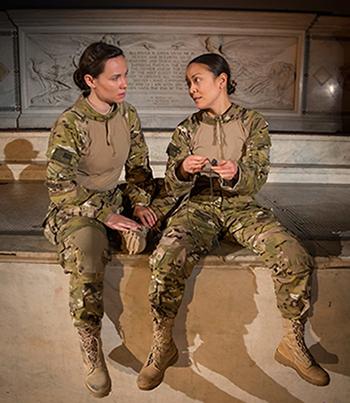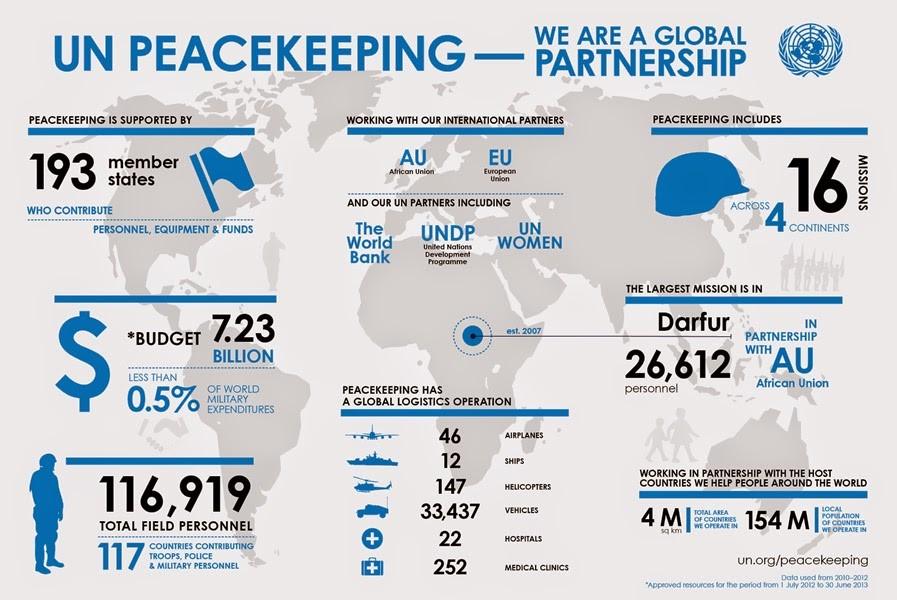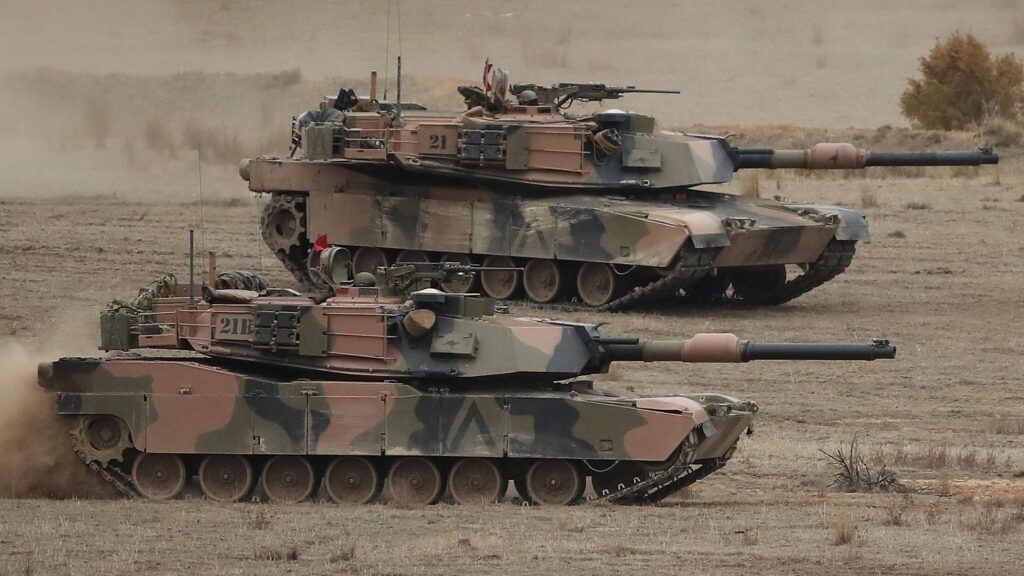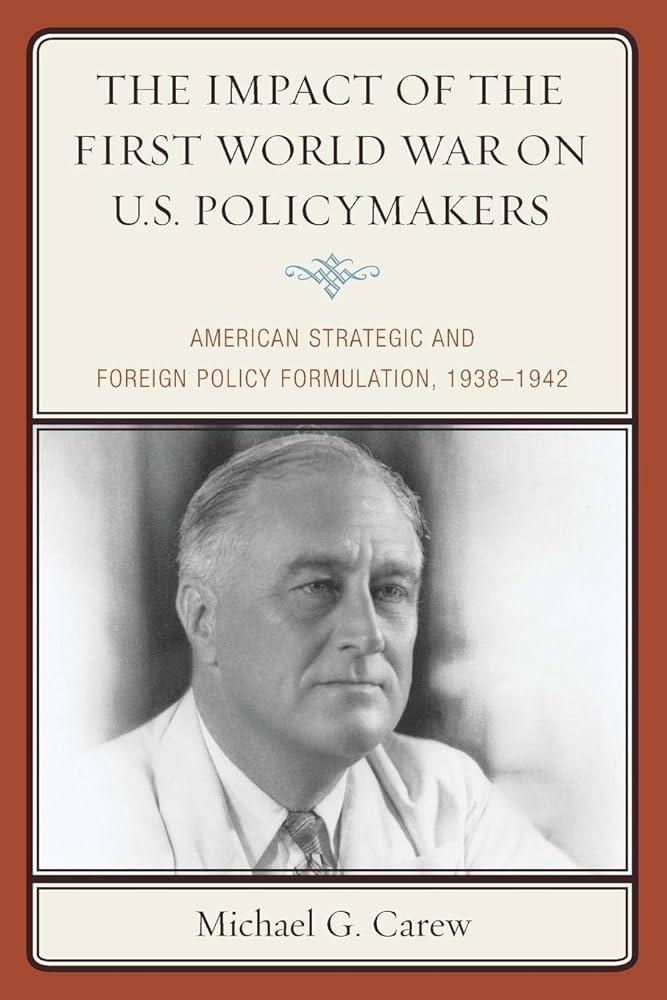War is one of those heavy topics that often feels distant—something happening far away and hard to relate to. But when we stop to think about its ripple effects, especially on the youngest and most vulnerable, the picture becomes much more personal and urgent. Children caught in conflict zones don’t just face danger; their growth, education, and overall well-being can be deeply affected in ways that last far beyond the battlefield. In this post, we’ll explore how war impacts child growth and school life, shedding light on what every one of us should know to better support and understand these little lives disrupted by something so big. Let’s dive in.
Table of Contents
- The Emotional Toll of Conflict on Children’s Development
- Navigating Educational Challenges in War Zones
- Supporting Mental Health for Young Learners Affected by War
- Practical Steps for Communities to Help Children Thrive Despite Conflict
- In Conclusion
The Emotional Toll of Conflict on Children’s Development
Conflict imposes an invisible burden on children, often leaving deep emotional scars that can disrupt their natural development. The constant exposure to fear, loss, and instability triggers stress responses that interfere with cognitive growth and emotional regulation. Many children in war zones suffer from anxiety, depression, and post-traumatic stress disorder (PTSD), which can manifest as difficulty concentrating, irritability, or withdrawal from social interactions. These emotional struggles not only hinder their ability to form healthy relationships but also challenge their sense of safety and trust in the world around them.
The ripple effects of such trauma extend into the classroom, where children may find it hard to engage or feel motivated. Educators often notice:
- Declining academic performance despite the child’s potential.
- Behavioral changes, such as aggression or extreme passivity.
- Challenges in peer relationships, leading to isolation or conflict.
- Heightened absenteeism due to psychological or familial instability.
Understanding these challenges is crucial for caregivers and teachers to provide the appropriate support, creating nurturing environments that foster resilience and help children reclaim a sense of normalcy amidst chaos.
Navigating Educational Challenges in War Zones
Children living in war zones face incredibly complex challenges that extend far beyond the classroom. Many schools are either damaged or destroyed, making consistent education nearly impossible. Even when schools remain intact, the psychological trauma from violence, displacement, and loss often affects children’s ability to focus and engage. In these environments, access to basic learning materials like books, stationery, and technology becomes scarce, pushing educators and families to creatively adapt or forgo formal education altogether.
Key hurdles include:
- Interrupted school attendance due to safety concerns or forced relocations
- Limited availability of qualified teachers as many flee conflict zones
- The constant threat of recruitment by armed groups
- Lack of nutritional support impacting cognitive and physical development
Despite these overwhelming obstacles, communities, NGOs, and international organizations tirelessly work to create safe spaces for learning—often through mobile classrooms or digital platforms. Understanding these challenges is crucial to supporting resilient educational programs that not only foster knowledge but also provide emotional refuge for children caught in conflict.
Supporting Mental Health for Young Learners Affected by War
Children who experience war often carry invisible scars that affect their emotional and psychological wellbeing. The chaos and instability disrupt their sense of safety, leading to heightened anxiety, fear, and difficulty concentrating in school. Emotional support becomes critical to help these young learners process their experiences. Providing a nurturing environment where they feel heard and understood is essential in rebuilding trust and fostering resilience. Simple acts such as consistent routines, empathetic listening, and encouraging expression through art or storytelling can make a profound difference in their recovery.
Educational institutions can play a transformative role by implementing trauma-informed practices tailored to these children’s unique needs. Some effective strategies include:
- Training teachers in recognizing signs of trauma and responding with sensitivity
- Creating safe spaces within the classroom where students can retreat during moments of distress
- Incorporating social-emotional learning activities to build coping skills
- Engaging families and communities to create a supportive network around the child
Through compassionate collaboration and targeted support, we can help young learners not only survive but thrive despite the challenges imposed by the harsh realities of war.
Practical Steps for Communities to Help Children Thrive Despite Conflict
Communities can become powerful anchors of stability for children caught in conflict zones by creating safe, nurturing environments that promote emotional healing and continued learning. Establishing child-friendly spaces within neighborhoods or community centers encourages children to engage in play, arts, and group activities that restore a sense of normalcy. These spaces act as mini sanctuaries away from the chaos, where children can express themselves freely and rebuild trust. Additionally, training local volunteers and educators to recognize and respond to trauma empowers communities to provide sensitive, supportive care that addresses the unique psychological impacts of war on young minds.
Another essential step involves strengthening access to education despite disruptions caused by conflict. Setting up mobile schools, temporary classrooms, or digital learning hubs can help ensure that children’s education continues without extended interruptions. Community-driven initiatives like organizing peer study groups or mentorship programs encourage social connections and motivate children to stay engaged with their schooling. Alongside these efforts, advocating for safe routes to schools and collaborating with local authorities to protect educational institutions from harm are critical for sustaining learning opportunities long-term. Together, these grassroots approaches help children reclaim their childhoods and secure a hopeful path forward.
In Conclusion
In the midst of conflict, it’s easy to overlook the quiet struggles faced by children whose growth and schooling are disrupted. Understanding these impacts helps us remember that behind every statistic is a young life yearning for normalcy, learning, and hope. By raising awareness and supporting education initiatives in war-affected areas, we can play a part in helping these children reclaim their childhood and build a brighter future. After all, every child deserves a chance to grow, learn, and thrive—peacefully. Thanks for reading, and let’s keep this important conversation going!












